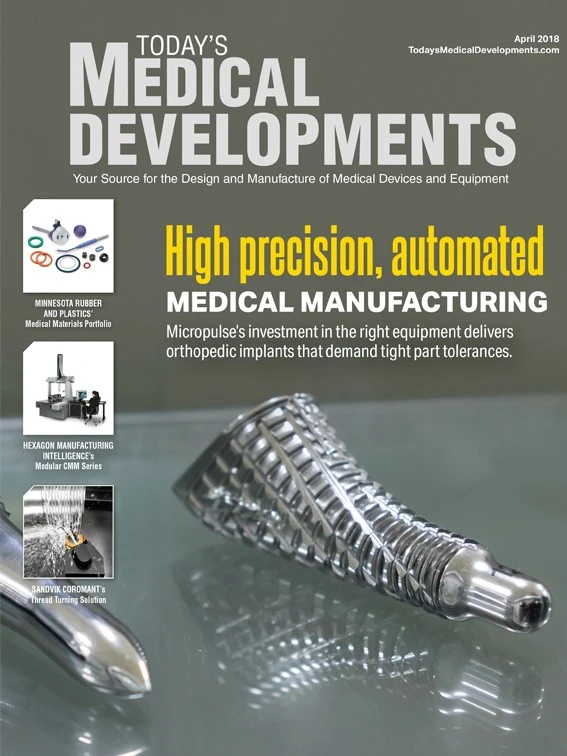
Axonics Modulation Technologies Inc.’s neuromodulation platform based on miniaturized rechargeable technology, the Axonics Sacral Neuromodulation System (Axonics r-SNM System), is the first CE-marked rechargeable sacral neuromodulation system (SNM) designed to improve the experience of clinicians and patients suffering from urinary and fecal dysfunction.
Challenge
During development, the Axonics team used a paper-based product development process even though some team members had experience with product lifecycle management (PLM) at another medical device start-up. They knew the benefits that an electronic, online PLM solution could provide a small to medium-sized medical device company.
Electronic sign-offs displayed the greatest benefit of a PLM solution. With paper-based processes, approvals are serial, and the absence of a key approver can cause delays. Axonics wanted an automated system that enabled its staff to continue the approval process for documents, drawings, and training on or off-site via remote logins.
Goal
To be compliant to ISO 13485 and the FDA CFR, Axonics wanted software to facilitate active implantable medical device (AIMD) product development under a quality system, covering quality management systems for medical device providers.
Solution
Omnify Empower PLM was selected based on past successes, the ability to meet Axonics’ requirements as a new medical device company, and because a large portion of the team was familiar with it. Implementation took a few weeks and an ISO 13485-compliant quality system was established within five months of the first document change order (DCO) release.
The company configured Omnify Empower to address areas including material citations (used to accelerate biocompatibility risk analysis and answer regulatory queries), calibration and preventive maintenance, component characteristics such as electrical part footprints, supplier part number decoders, and design history file (DHF) auto-generation.
“DHF index compilation is a manual and time-consuming process for many medical device companies with moderate to complex product designs,” says Joseluis Espinosa, quality manager for Axonics Modulation Technologies. “To address this, we’ve added custom DHF attributes to define active project phase, design control category, and deliverable owner, which are added or checked routinely during every DCO.”
Then, an Omnify database search is performed to auto-generate a DHF by adding the custom attributes with other fields including document number, description, revision, and date released. Device master records (DMRs) are created in a similar, but simplified manner as Omnify BOMs, saving time and effort. Axonics uses the document packager to download an entire zipped DHF or DMR for training, auditing, regulatory review, and other purposes.
“Because we are a new company, we do not have data to compare our previous processes to our current processes with Omnify Empower,” says Espinosa. “However, we were told by industry experts that a new sacral neuromodulation product would take five years to receive CE marking, but we accomplished that milestone in two years after initiating design controls with Omnify Empower.” Espinosa adds, “Omnify facilitates rapid design, document, and BOM controls in tandem with supplier approvals and vendor item linkages. All these aspects and more allow us to achieve our ambitious timelines.”
Axonics Modulation Technologies Inc.
www.axonicsmodulation.com
Omnify Software
www.omnifysoft.com
Get curated news on YOUR industry.
Enter your email to receive our newsletters.
Explore the April 2018 Issue
Check out more from this issue and find your next story to read.
Latest from Today's Medical Developments
- STUDER looks back on a solid 2024 financial year
- HANNOVER MESSE 2025: Tailwind for industry
- Find out the latest developments in tool path strategies for machining
- Building, maintaining the Navy’s next generation of maritime platforms
- Pioneering battery-free cardiac implants
- KBC Tools & Machinery marks its 60th anniversary, Founder’s Day
- Address the challenges of machining high-temperature aerospace components
- Elevate your manufacturing operations with April’s Manufacturing Lunch + Learn






